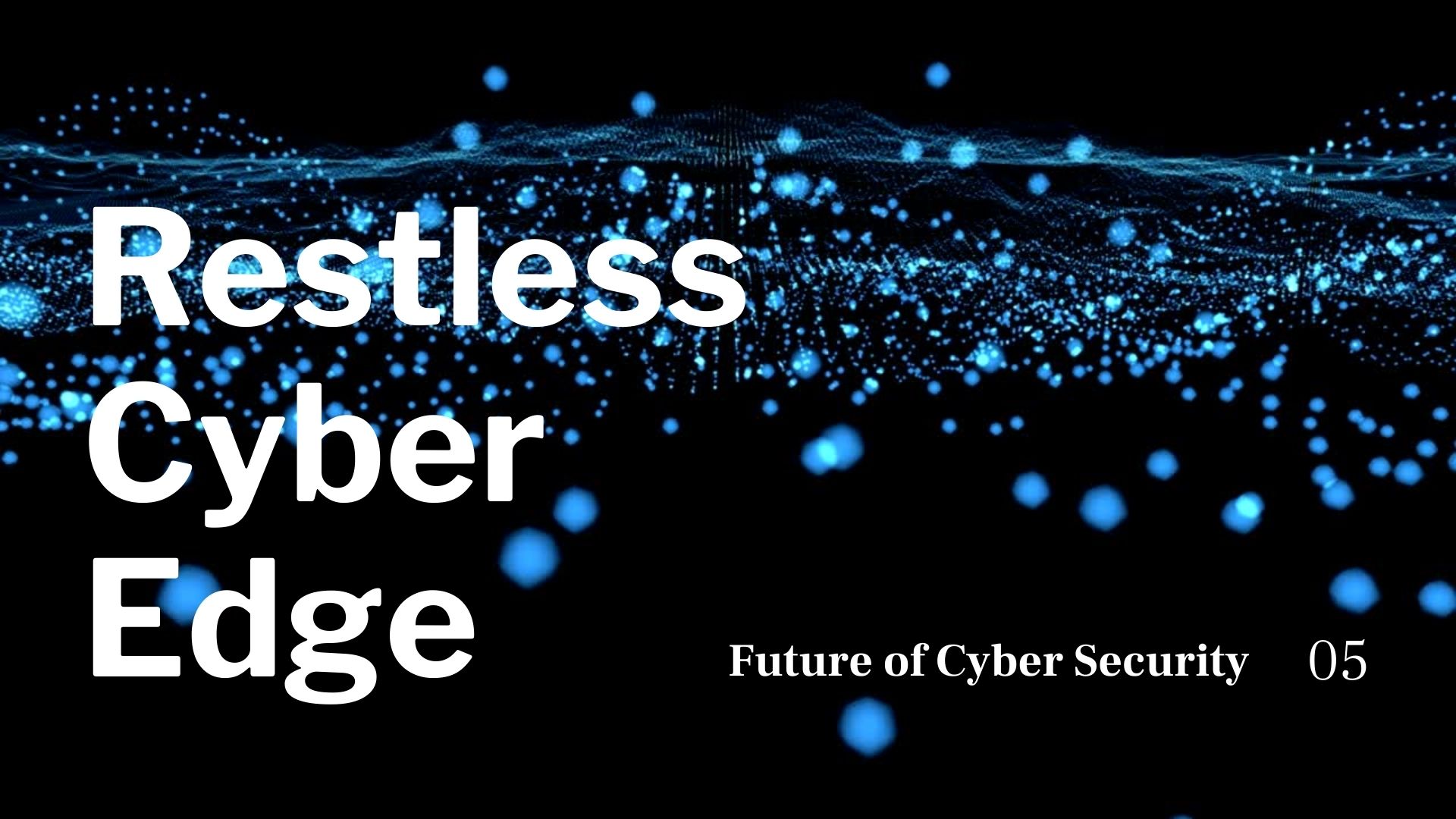How to Conduct a Cyber Security Risk Assessment
June 23, 2023, 7 min read
Because cyber attacks are growing both more sophisticated and more common, organizations must perform frequent risk assessments about their cyber security. An evaluation of the organization’s information systems, data, and assets is considered a cyber security risk assessment tool if they include the steps of detecting and evaluating potential vulnerabilities and threats. In today’s post, we will discuss the fundamental actions that must occur to carry out a cyber security risk assessment checklist.
What are the Scope and Objectives of the Risk Assessment?
The first thing that has to be done to carry out a risk assessment regarding cyber security is to establish the scope and objectives of the assessment. During this step, you will define the assets, systems, and data that will be included in the assessment, as well as determine the outputs that you want the cyber security risk assessment matrix
to provide.
To ensure that the evaluation is inclusive of all vital resources, the scope of the assessment needs to be established very specifically. Hardware, software, data, networks, and even people themselves can all be considered assets. The scope should also take into account the potential impact that cyber-attacks could have on the operations, reputation, and financial stability of the organization.
Additionally, before the beginning of the cyber security risk assessment framework, the goals of the assessment ought to be outlined and defined. The goals should be explicit and measurable, such as determining the vulnerabilities and threats, assessing the efficiency of the controls that are already in place, and prioritizing the efforts to mitigate them in order of importance.
Identifying and Assessing Threats and Vulnerabilities
To continue with the process of completing a risk assessment for cyber security, the next stage is to locate and evaluate potential dangers and holes. This requires assessing the organization’s assets to identify the points at which they are most susceptible to being targeted by cybercriminals.
Several approaches may be utilized to locate security flaws, such as vulnerability scanning and penetration testing. The process of employing automated technologies to look for security flaws in an organization’s computer systems and networking infrastructure is known as vulnerability scanning. Testing for penetration includes simulating an attack on the computer systems of an organization to locate weaknesses in those systems that could be exploited by malicious hackers.
After vulnerabilities have been discovered, they should be assessed according to the potential damage they could do and the likelihood that they would be exploited. This will assist determine the order in which the vulnerabilities that need to be addressed should be addressed.
Evaluating the Potential Impact of Cybersecurity Threats and Incidents
It is important to analyze the potential impact that cybersecurity threats and incidents could have on an organization to identify the extent of the potential damage they could create. This entails determining the potential effects of a cyber assault on the organization’s finances, operations, and reputation.
The financial impact of a cyber assault can take many forms, including costs connected with repair, loss of revenue, and legal fees. The operational impact may include things like disruptions to business operations, decreased levels of production, and damage to essential computer systems. Damage to the organization’s brand, a drop in customer trust, and poor attention in the media are all potential consequences to the company’s reputation.
Assessing the Likelihood of Threats and Incidents Occurring
To establish the level of risk faced by the organization, it is also necessary to evaluate the possibility that cyber attacks and incidents will take place. This requires conducting an analysis of the threat environment faced by the organization as well as determining the likelihood of particular threats and incidents occurring.
Threats can originate from a wide number of sources, including external threats like hackers and malware, as well as internal risks like employee error or hostile insiders. External threats like hackers and malware are two examples of external threats. It is important to analyze the possibility of specific risks and incidents arising based on historical data, trends in the industry, and the organization’s unique risk profile.
Identifying Existing Controls and Evaluating Their Effectiveness
Additionally, organizations should identify and analyze the controls they already have in place to establish the degree to which they are effective in reducing cyber threats. This requires doing an analysis of the organization’s present security posture and determining the areas in which it is possible to make improvements.
Controls that are already in place can be divided into two categories: those that are technological, such as firewalls and intrusion detection systems, and those that are administrative, such as policies and procedures. The efficacy of these controls should be evaluated according to how well they can both prevent and detect cyberattacks as well as respond to those that are launched.
Determining the Level of Risk and Prioritizing Mitigation Efforts</h2
When the organization’s vulnerabilities, threats, and existing controls have all been evaluated, the next step is to establish the amount of risk faced by the organization. This entails determining the sections of the organization that are most vulnerable to risk and analyzing the possibility of cyber threats and incidents as well as the potential consequences of those occurrences.
Utilizing a risk matrix or risk scoring system is a typical strategy that is used to determine the level of risk that is involved. Assigning a numerical number to the likelihood and impact of each risk that has been identified is a necessary step in this process. On a scale with low, medium, and high options, one can assign a rating to the possibility as well as the impact. An overall risk score can be derived for each risk by multiplying the likelihood value by the impact value. This gives a total risk score.
After the risks have been evaluated and given risk scores, the next step is to rank the mitigation activities in descending order of importance. It is important that risks with higher ratings, which indicate a larger level of possible harm and likelihood, be given higher priority for mitigating those risks. Because of this, the organization can direct its resources and efforts toward resolving the risks that are the most severe first.
Putting efforts to mitigate risks in order of priority requires drafting a risk treatment strategy that defines the steps that must be taken to decrease or eliminate the risks that have been identified. The plan ought to include several particular actions, such as carrying out employee training, putting in place improved incident response protocols, and putting in place additional security controls.
It is essential to keep in mind that the process of risk minimization has to be an ongoing one. The risk landscape may shift as a result of the appearance of new dangers and the ongoing development of the organization’s systems and environment. For this reason, it is necessary to conduct regular reviews and keep the risk assessment up to date to ensure that it remains relevant and useful.
Regularly Reviewing and Updating the Risk Assessment
The dangers posed by cybersecurity breaches are continually adapting to new weaknesses, which can appear at any time. As a result, doing a risk assessment just once is not sufficient. For organizations to keep their cybersecurity posture at an effective level, they need to routinely review and update their risk assessments.
At a minimum of once a year, or anytime substantial changes occur within the organization’s infrastructure, operations, or threat landscape, it is advised that the risk assessment be reviewed. This includes alterations such as the implementation of new technologies, the expansion into new markets, or the occurrence of a cyber incident.
It is essential to perform a thorough reevaluation of the organization’s assets, threats, vulnerabilities, and existing controls while the review is being conducted. This makes it possible to identify any new risks that may have surfaced as well as changes in the effectiveness of controls that are already in place. Organizations can better defend themselves against new threats and potential security breaches if they maintain a proactive stance and stay current with relevant information.
Incorporating the lessons learned from previous incidents or breaches is another step involved in bringing the risk assessment up to date. When it comes to cybersecurity, studying the underlying reasons for past occurrences as well as the impact those causes had can provide significant insights into areas that need more attention and development.
In addition to conducting frequent evaluations, it is necessary to include important stakeholders in the process of risk assessment. This includes members of the executive team, IT team, security team, and legal team who can provide insightful information regarding the organization’s risk appetite, regulatory requirements, and strategic goals.
Conclusion
One of the most important steps in protecting an organization’s precious assets and data from potential cyberattacks is to carry out a thorough cybersecurity risk assessment. Organizations can improve their security posture and prioritize their mitigation efforts effectively by defining the scope and objectives, identifying and assessing threats and vulnerabilities, evaluating potential impacts and likelihoods, reviewing existing controls, determining the level of risk, and regularly updating the assessment.
In the rapidly changing environment of cyberspace that exists today, doing a risk assessment is not a once-and-done activity but rather an ongoing effort. Organizations can remain resilient and proactive in the protection of their digital assets and in the reduction of the potential effect that could be caused by cyber incidents if they regularly monitor the threat landscape and adapt to its changing nature. It is important to keep in mind that the proactive approach and the dedication to maintaining solid cyber security practices are the keys to successful risk management.




























